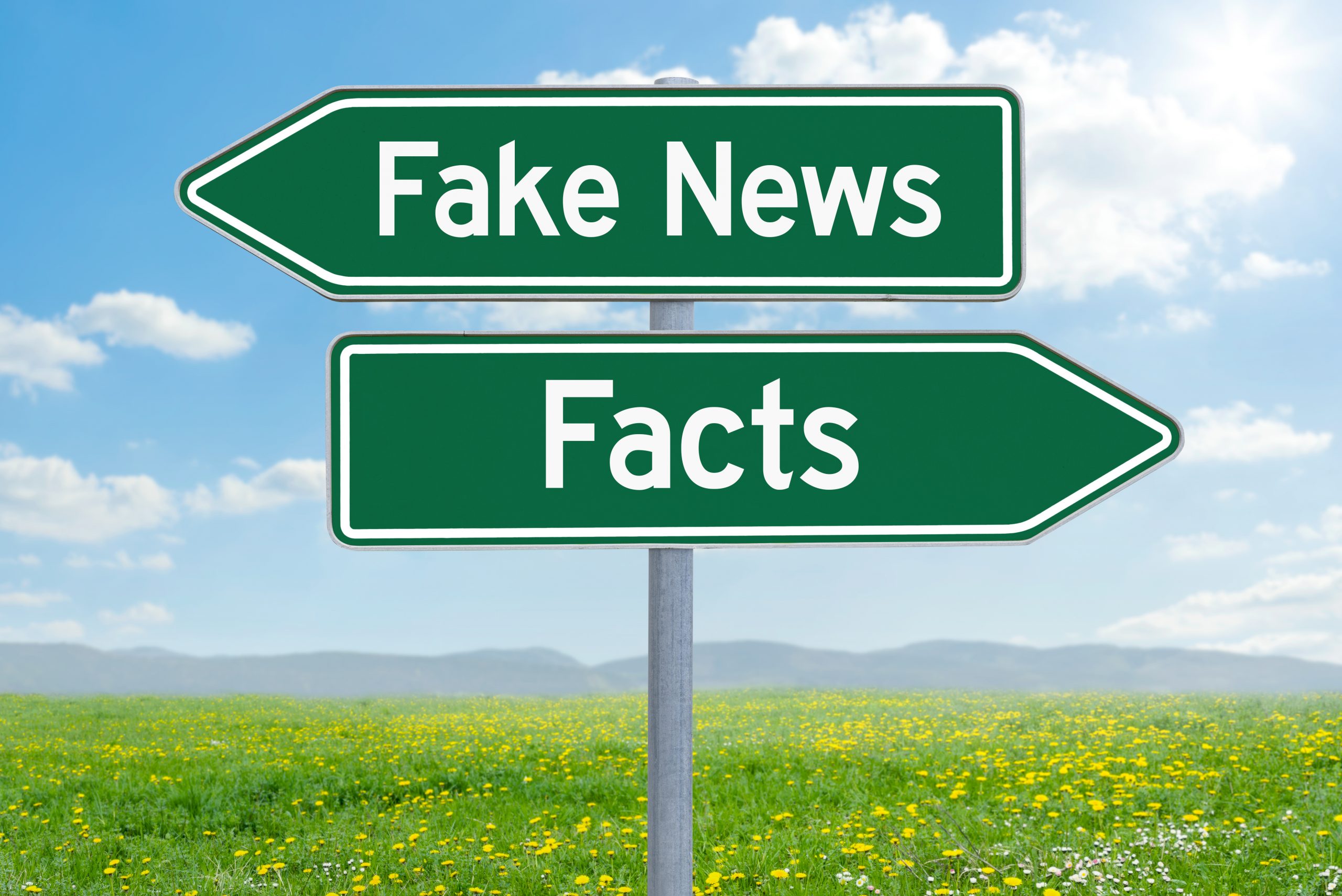How to satisfy constitutional and statutory standing requirements in patent infringement actions
“Although Federal Circuit Standing Authority continues to evolve in tricky assignment and licensing factual situations, the standing requirements for cases of patent infringement may be difficult to parse.”
The Federal Circuit’s precedential opinion on Intellectual Tech, LLC. The Federal Circuit’s precedential opinion in Intellectual Tech, LLC. Intell. Tech., LLC. v. Zebra Techs. Corp., 101 F.4th 807 (Fed. Cir. 2024) (Zebra). Zebra gives specific guidance when addressing the question of standing. It explains which rights a Patent Owner may have granted to a third party without losing his most important right, the right to sue. This clarification is important because many practitioners have confused the distinction between constitutional and statutory standing.
Intellectual Tech, LLC. v. Zebra Technologies Corporation (Fed. Cir. 2024)
Intellectual Tech LLC (IT) brought a patent infringement action against Zebra Technologies Corporation in the Western District of Texas. The basic facts are fairly straightforward. IT was a division of OnAsset Intelligence, Inc. In 2017, OnAsset transferred the patent to IT. IT and OnAsset then entered into a Security Agreement with Main Street Capital Corporation (Main Street) following the assignment. Main Street retained the right to sell, assign, pledge or encumber [IT’s] Patents & Trademarks if IT defaulted. In 2018, both IT as well as OnAsset defaulted. Then, in 2019, despite that default, IT asserted the assigned patent against Zebra without OnAsset
Recognizing an imperfect patent rights conveyance issue, Zebra moved to dismiss due to a lack of standing under Rules 12(b)(1) and 12(c). The district denied this motion. Zebra then re-argued its standing as a motion for summary judgment under Rule 56. The district court focused its attention on the constitutional standing argument in a new Rule 12(b), and agreed with Zebra. The district court determined that IT lacked constitutional standing to bring a claim. IT’s exclusionary rights were deprived, even though the security contract did not automatically divest title from OnAsset or IT in default. Main Street’s ability of assigning, and Zebra’s theoretical ability to gain title from an assignment, meant that IT was deprived of its right to sue Zebra. The district court refused to let IT “cure” the standing defect it had by joining Main Street with its claim. This cure would have been a statutory defect. This question was whether IT had an exclusionary rights. After analyzing uncontested facts contained in the appellate record the Federal Circuit determined that IT had sufficient constitutional standing, as it was not divested of its exclusionary right due to defaulting under the security contract. The Federal Circuit reversed and remanded the case to the district court for further proceedings. The Court did not examine whether IT’s interest in the asserted Patent was sufficient to satisfy the “patentee requirement” under 35 U.S.C. SS 281.. That question may be ripe to raise on remand.
Overview of Two Independent Standing Requirements: Constitutional and Statutory
Constitutional and statutory standings are separate and distinct requirements. Both requirements must be met for a plaintiff who wishes to bring a patent infringement suit. A plaintiff may be able to establish one (i.e. constitutional standing) but not the other. In this case, standing would not be appropriate. Before initiating a patent-infringement action, practitioners must be aware of how to satisfy the requirements under Zebra as well as other controlling authorities. See, for example, Lone Star Silicon Innovations LLC. v. Nanya. Corp., 925 F.3d 1225, 1234 (Fed. Cir. 2019).
Constitutional Standing under Article III
The requirements of constitutional, or Article III, standing are threefold: (1) the plaintiff suffered an injury-in-fact, (2) the defendant caused the injury, and (3) the injury is redressable by the court. Zebra, 101 F.4th 813 (citing Lujan v. Defs. Defs. 1992)). In patent infringement cases the key to constitutional standing is proving the plaintiff suffered injury from the alleged infringement. Zebra, 101 F.4th 813. The Federal Circuit has consistently ruled that only those who have “exclusionary rights” in a patent are injured when their rights are violated. Lone Star Silicon Innovations LLC 925 F.3d 1234. “Exclusionary Rights” are defined as “the ability to exclude others from using an invention or to forgive actions that would normally be prohibited by the patent statutes”. Zebra, 101 F.4th 813. To satisfy constitutional standing, the plaintiff must show that it has exclusionary rights to the asserted claim and that the infringement caused it an actual injury. Although this requirement may seem relatively straightforward, the question of which party does or does not retain exclusionary rights may become muddled through third-party assignments and licensing activities.
Statutory Standing under 28 U.S.C. SS 281
The Patent Act of 52 created rights for patent owners and ways to protect them. Section 281 of this Act provides a legal cause for action to “patentees”, whose patents were infringed. 35 U.S.C. SS 281. The Federal Circuit has interpreted that this right protects not only patent owners but also any party who “has a protected interest in the Patent Act created patent” and would suffer a legal harm as a result. Zebra, 101 F.4th 813. The court has ruled that only those who have “all substantial rights” to a patent can claim a legally protected right under the Patent Act. WiAV Sols. LLC v. Motorola Inc., 631 F.3d 1257, 1264 (Fed. Cir. 2010). Although there is no exact definition for what amounts to “all substantial rights,” often considered factors are:
The scope of the licensee’s right to sublicense;
- The nature of license provisions regarding the reversion of rights to the licensor following breaches of the license agreement;
- The right of the licensor to receive a portion of the recovery in infringement suits brought by the licensee;
- The duration of the license rights granted to the licensee;
- The ability of the licensor to supervise and control the licensee’s activities;
- The obligation of the licensor to continue paying patent maintenance fees; and
- The nature of any limits on the licensee’s right to assign its interests in the patent.
- To many practitioners, the case law may appear confusing when the requirements for statutory standing under the Patent Act are explained as being prerequisite for constitutional standing. The requirements for statutory standing under the Patent Act are separate from those of constitutional standing. Univ. Univ. Found., Inc. v. Fujifilm Med. Sys., 19 F.4th 1315, 1320 (Fed. Cir. 2021). A court may, for example, find that a plaintiff does not have statutory standing to bring a patent infringement case under Section 281, but has constitutional standing under Article III. A defect in statutory status, i.e. when a plaintiff doesn’t have all substantial rights to a patent, can be corrected by adding the patent owner as a party. (citing Alfred E. Mann found. For Sci. Rsch. V. Cochlear Corp., 604 F.3d 1354, 1360-61 (Fed. Cir. 2010)). Zebra, 101 F.4th at 814.0 Zebra, 101 F.4th at 814.
Who Has Constitutional Standing to Sue for Patent Infringement?
General Rule
The Federal Circuit has used the “bundle of rights” analogy to illustrate who is able to bring a patent infringement suit in their own name:
“A patent is, in effect, a bundle of rights which may be divided and assigned, or retained in whole or part….Thus, although all the various rights available under the patent are initially held by the named inventor or inventors, they may…become separated and be held by multiple individuals. We refer to an individual who holds a large enough portion of these rights as the patent owner, and this individual can sue in his own name for infringement. When a plaintiff lacking a sufficiently large portion of rights brings suit, that plaintiff does not have standing to sue on his own…”
Alfred Mann, 604 F.3d at 1360.
Applying that imagery, a patent owner starts with the entire bundle of rights. Bloomberg Law, Patents & the Federal Circuit 21 (2024) When she licenses the invention to others, the owner grants the licensee only a small part of the bundle. She gives the licensee the right to use the invention and promises that they will not be sued. Sometimes, the owner will grant the licensee additional rights from the bundle. For example, the licensee may be granted the right to license the invention to others. She may have granted some of her patent rights to others, but unless she gives all her rights to another, she retains the right to prevent others from using the invention. Zebra, 100 F.4th at 816. So, who holds exclusionary rights and how the rightsholder has promised to use them are critical questions the court will analyze to assess whether the asserting party has standing to sue for infringement on its own.
Categories of Plaintiffs
Typically, there are three recognized categories of plaintiffs in infringement suits: (1) patent owners, (2) assignees, and (3) licensees. These categories represent parties who have varying levels or patent rights and an interest in a particular patent. The specific rights that a party held at the time of infringement determines whether they have standing in court.
I. Assignees
The Federal Circuit interpreted the Patent Act in a way that allows an assignee to bring a lawsuit for patent infringement on their own behalf, but not just a licensee. WiAV, 631 F.3d 1264. Lone Star, at 1229, stated that in order for a transfer to be considered an assignment and not a license, it must transfer “all substantive rights to the patent
“. The Federal Circuit has not provided a comprehensive list of factors that must be considered to determine if the parties have effectively transferred all substantial rights. However, it has reaffirmed several considerations that were deemed important during the analysis. USF, 19 F.4th 1320. The exclusive right of manufacture, use, and sale, as well as nature and scope of patentee’s retained rights to sue accused infringers are the most important factors in determining if a license agreement transfers enough rights to make the licensee owner of the Patent. USF, 19 F.4th 1317. As soon as an assignee is granted all the substantial rights to a patented invention, they also receive constitutional and statutory standing for them to sue independently, just like if they had been the original patent owner. Bloomberg Law, Patents & the Federal Circuit 21 (2019).[]II. Licensees
Unlike an assignment, patent owners can choose to license their patent, allowing them to keep their title. Diamond, 823 F.3d 619. When a patent owner grants a license to a third-party, they promise not sue the third-party for using the invention. Zebra, 101 F.4th 815. When an agreement only provides this promise, the third-party is considered a bare licensee. WiAV, 631 F.3d, at 1266-65. The patent owner may decide to grant certain additional rights to the licensee. If the licensee is granted exclusionary rights to the patent, for example, they are considered “exclusive licensees”. In another example, the patent owner may have multiple licensees, each with different levels of rights. This can complicate standing analysis for a Plaintiff-Licensee. In this case, the court will need to assess the rights of both the plaintiff and licensee to determine whether the plaintiff has standing to sue. Patent Owners
Patent holders begin with all rights, including exclusionary ones, in their patent. Patent owners will lose some of their rights as they enter into agreements to transfer them. Diamond Coating Techs., LLC v. Hyundai Motor Am., 823 F.3d 615, 618 (Fed. Cir. 2016). The court will evaluate the rights that remain in the patent owner’s hands after granting a license to a third-party to determine whether they have standing. Alfred Mann, 604F.3d at 1361. The court will look at whether the patent owner has retained an exclusionary rights in the patent. USF, 19 F.4th at 1323. When the patent owner assigns the entire substantial rights in the Patent to another, he loses his standing to sue. The same reasoning was used in Alfred Mann. 604 F.3d, at 1354. Alfred Mann, 604F.3d. at 1354. AMF, the original owner of the patent, transferred rights to AB, a licensee. The primary question was whether AMF transferred “sufficient rights” to [a] in order to make [that party has] its owner. This would have led to AMF losing their standing for infringement allegations. The Alfred Mann court explained that the most important factor in determining standing is whether the agreement allows for a patent owner to sue infringers. Alfred Mann explained that standing is determined by whether or not the agreement allows the patent owner to sue infringers. The agreement between AMF & AB gave AB the right to sue any potential infringer. AMF had the right to sue on its own if AB chose not to. The Zebra court overturned the district court’s ruling that IT lacked standing. Zebra, 101 F.4th at 810. The defendant Zebra raised two arguments to show that IT had lost all of its exclusionary rights and, in turn, its standing to sue: (1) MainStreet’s non-exclusive ability to license the alleged infringer (i.e., Zebra); and (2) MainStreet’s option “to sell or assign the patent in question”. The defendant Zebra made two arguments to prove that IT had lost its exclusionary right and, therefore, its standing to bring suit: (1) MainStreet’s non-exclusive license to the alleged infringement (i.e. Zebra); (2) MainStreet’s option to “sell, assign or transfer, pledge, encumber, or otherwise dispose of” the patent in question. This reasoning is different from that required of exclusive licensees because their right to bring a lawsuit fluctuates depending on the accused and whether they can receive a licence from another party. Id. Id., at 816. The second argument was also rejected. The court explained that, “whatever role the ability of another entity to license has on the Article III inquiry, it is clear assignment must be evaluated by the actual transfer rights, and not just ability “… MainStreet had the option to assign its patent but it did not do so. The court refused to speculate on future rights, which it referred to as a “hypothetical redistribution at some unspecified point in the future”. And the court declined to speculate as to any future rights, which it coined as a “hypothetical redistribution at some unspecified point in the future”.
Takeaway
The key takeaway from Zebra is that patent owners and assignees may continue to retain their exclusionary rights–and, more importantly, constitutional standing in patent infringement claims–even when other parties also hold certain rights to a patent. Whether a third party has the ability to grant certain patent rights to an alleged infringer and it has exercised that right are questions courts may likely consider as potentially impacting the rights of the patent owner.
Although Federal Circuit standing authority continues to evolve under tricky assignment and licensing facts, the standing requirements for patent infringement cases may be difficult to parse. First, it is important to determine whether the plaintiff holds sufficient rights to the patent in order to satisfy the constitutional standing requirements. If so, they must also ensure that they have all the substantial rights required by the statute. If they cannot succeed on their own, they may have to join forces with the party who does hold substantial patent rights. Recall that this “cure” is available only for statutory standing defects, which is why it is important to evaluate the rights held at the time of infringement before filing the complaint for patent infringement.[the licensee]Image Source: Deposit Photos[the licensee]Author: stuartmiles






